About PNG
OUr Story
The Highlands Foundation is a not-for-profit organisation that has been providing equipment and training for hospitals and health care centres in the Highlands of Papua New Guinea since 2004. The Highlands Foundation was established by a number of Australian health care professionals in response to the poorly resourced health systems in PNG. The focus has been to develop partnerships with major hospitals in 5 provinces and utilise their local knowledge of the health care needs of their regions and then provide support in the form of necessary supplies and up to date education for health staff. Our main regions of aid so far have been to the Eastern Highlands, Western Highlands, Southern Highlands, Hela, The Sepik and Central Province.
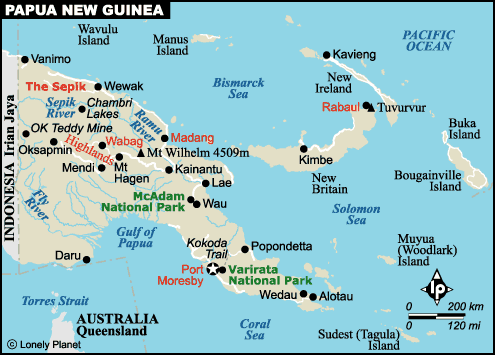
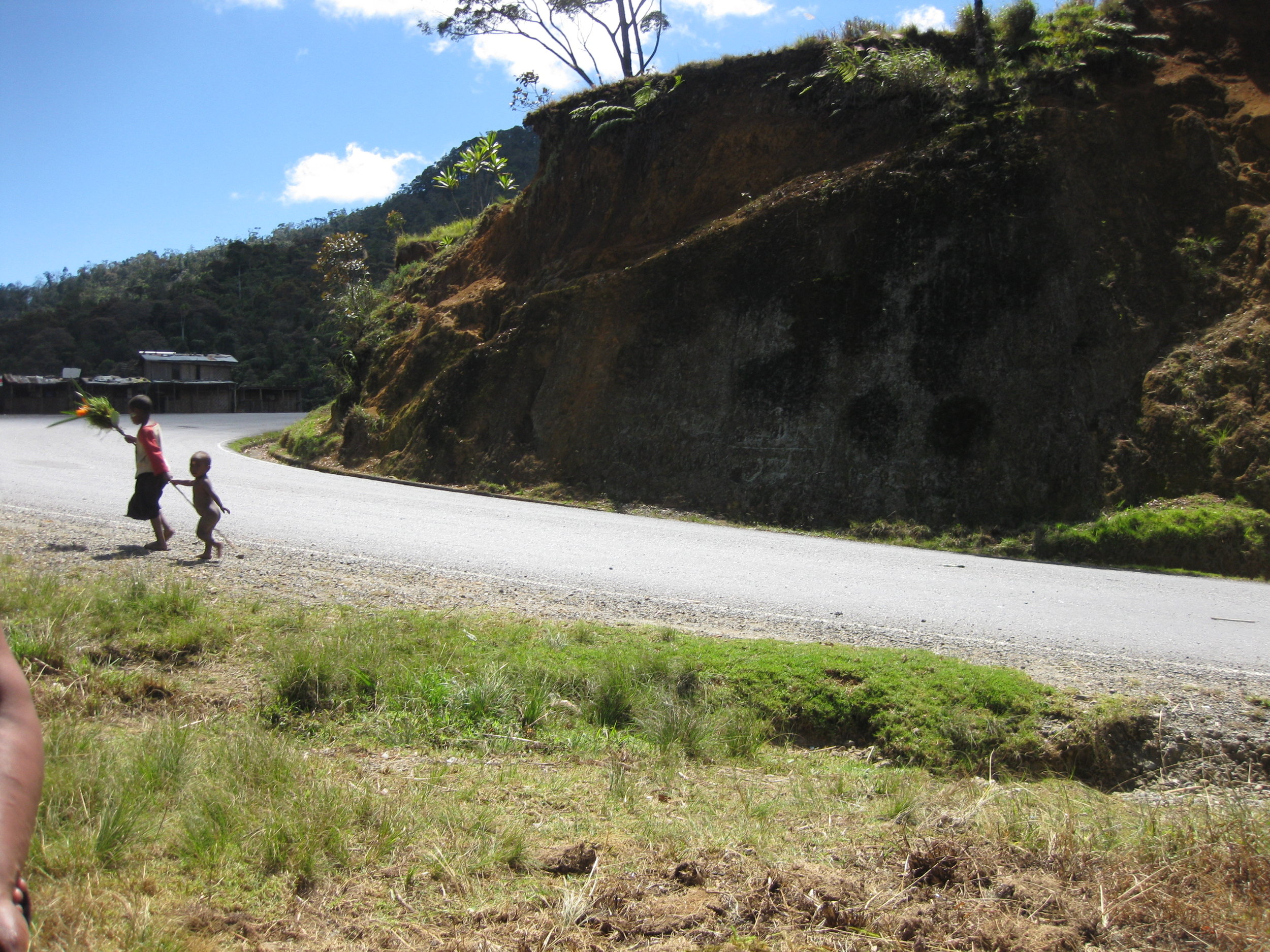
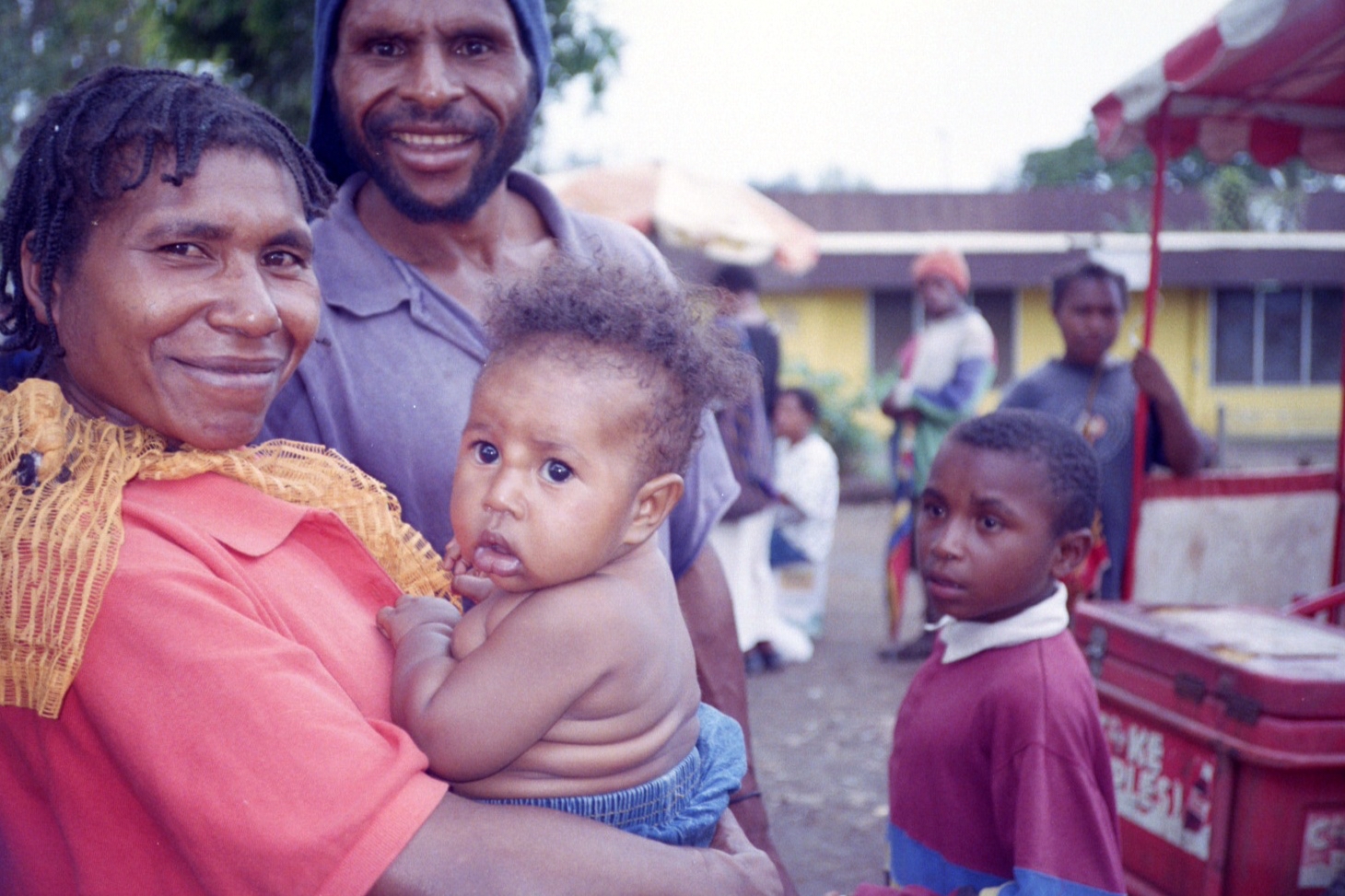
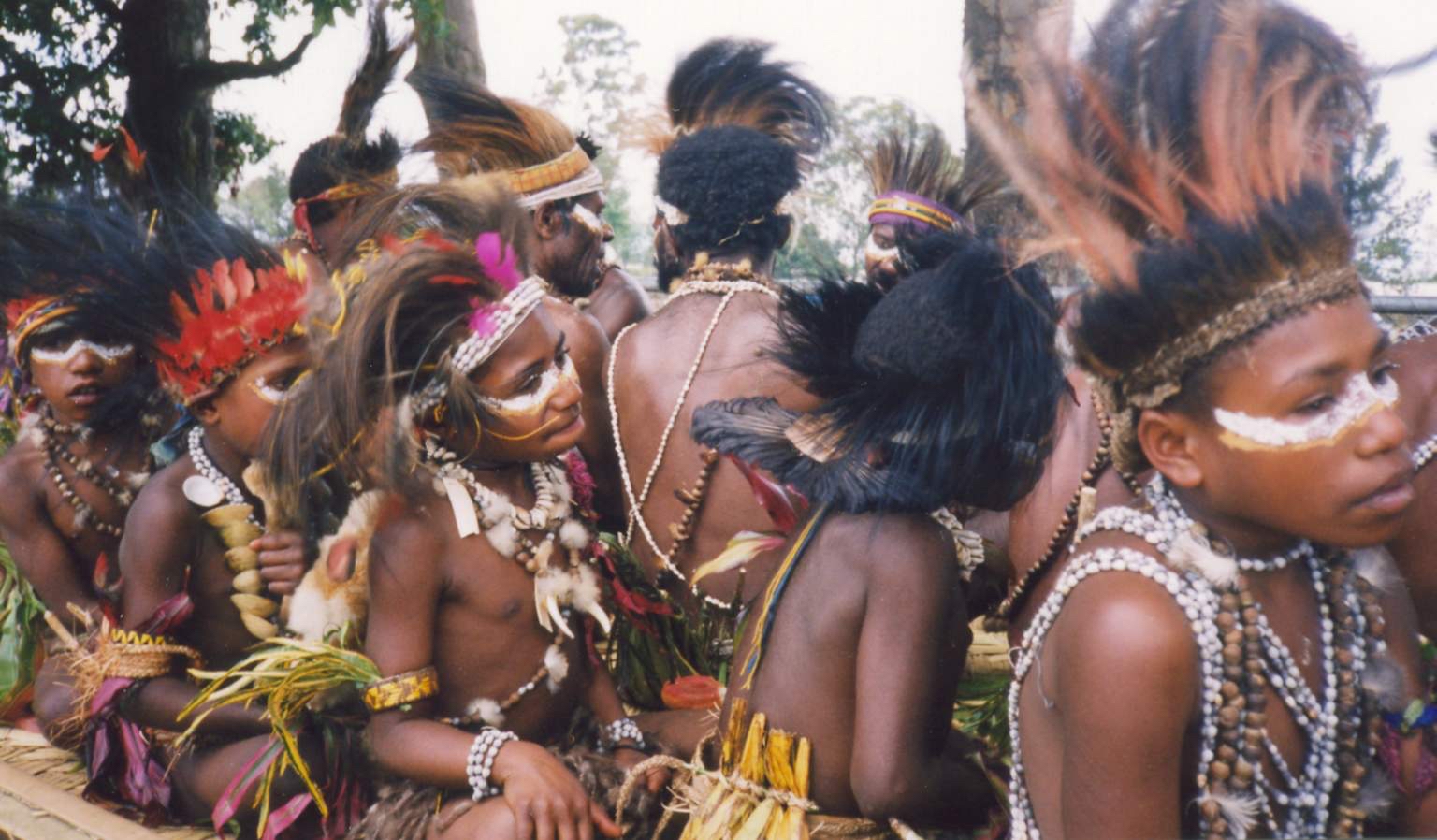
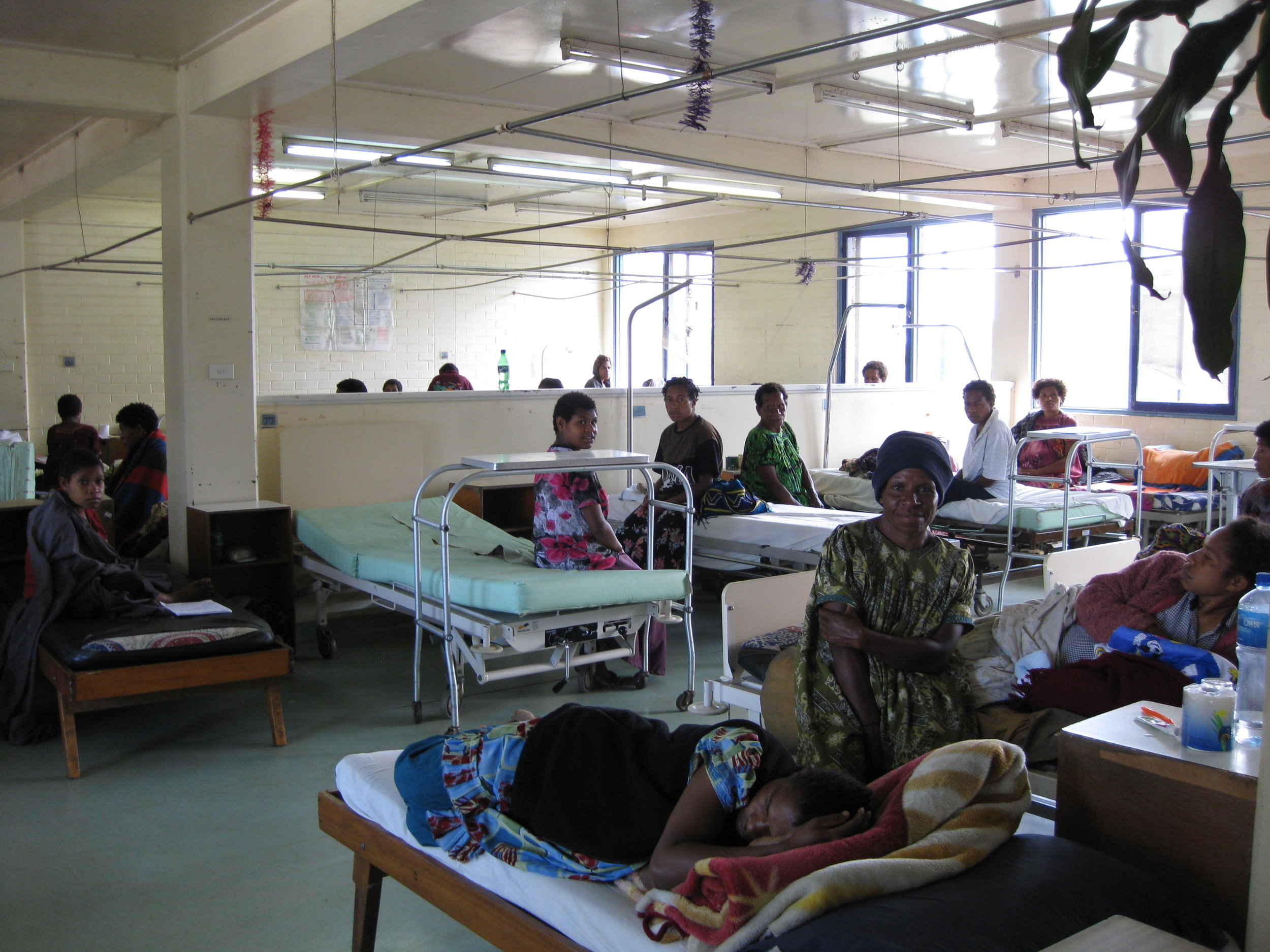
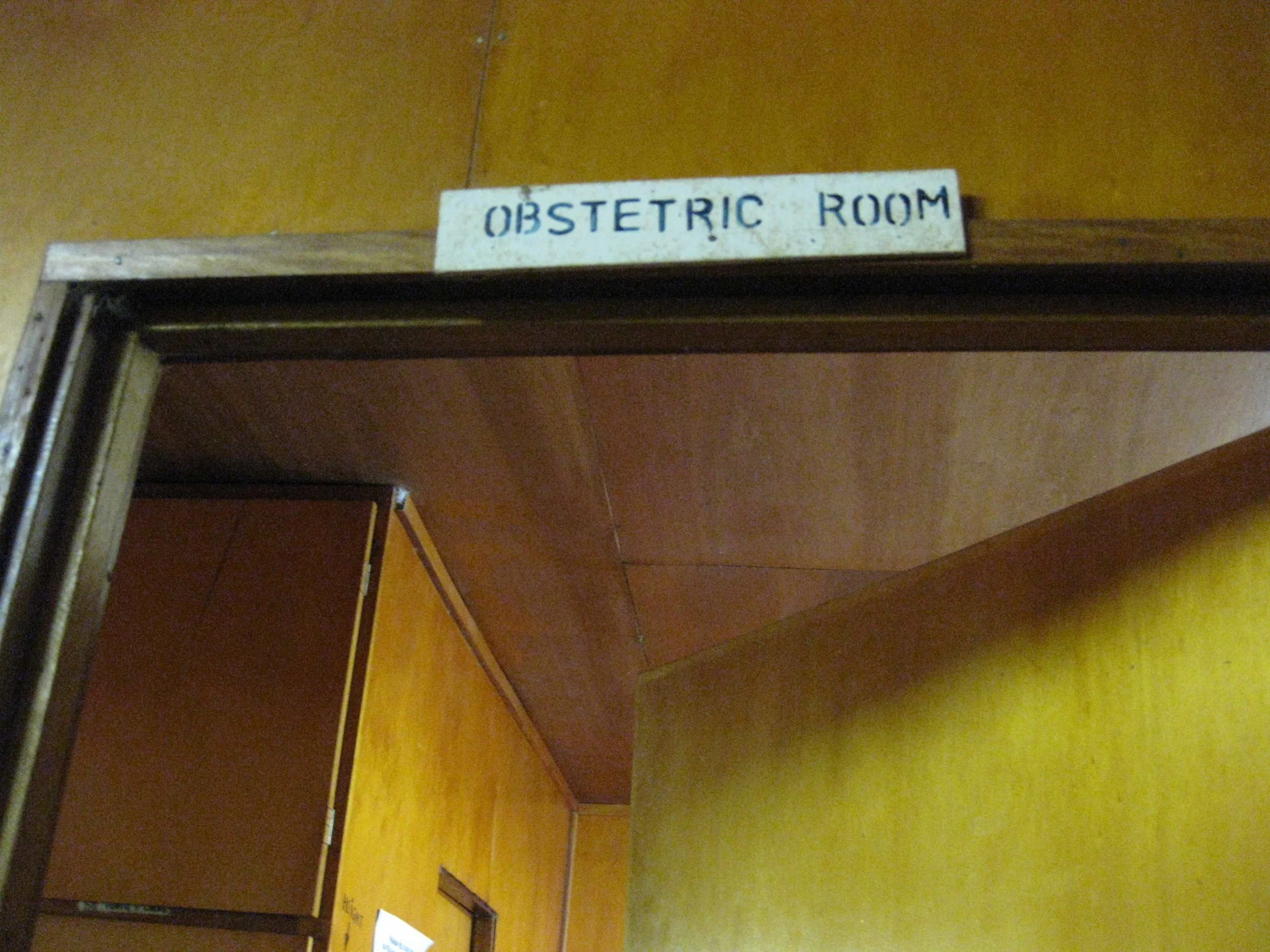

Papua New Guinea consists of a group of islands in Oceania; between the Coral Sea and South Pacific Ocean. Papua New Guinea borders with the Indonesian province of Irian Jaya, the Solomon Islands and Australia. The topography of PNG is among the most rugged in the world and with altitudes of over 4000m only 13% of the country is inhabited (Food and Agricultural Organization of the United Nations. [FAO], 2003).The terrain makes travel and communication between villages difficult. Due to the country’s position in the pacific “ring of fire”, the country experiences earthquakes, mudslides, tsunamis and volcanic activity.
In 1885, the northern portion of Papua New Guinea belonged to Germany and the southern belonged to the UK. The UK handed over the southern region in 1902 to Australia and the northern was acquired in the First World War. Australia governed PNG until 1975, when the country obtained Independence.
Papua New Guinea has three official languages; Tok Pisin- the widely spoken language, English- used mainly in government and business and Miri Motu- spoken mainly in the Papua region. Perhaps due to PNG’s rugged landscape, the country has the largest diversity of human languages, with 841 living languages and 12 extinct, according to Ethnologue. 840 of the living languages are indigenous languages.
The political situation in Papua New Guinea can be uncertain at times. National elections were held in June-July 2012 and increased levels of violence were reported. The high crime rate and violence in areas such as Port Moresby, Lae, Mt Hagan and other regions of the Highlands cause safety concerns for locals and travellers to these regions. Car jacking, ethnic disputes resulting in tribal fighting, and violence in large crowds are common. Family violence is a huge problem in PNG and accounts for many hospitalisations each year.
PNG has a population of 6 732 000 and an annual population growth rate of 1.99%.
Health Goals
Papua New Guinea has been working towards the Millennium Development Goals, however progress in Health and Education have been slow. Some of the aims for Papua New Guinea are:
1. Reduce the infant mortality rates
2. Reduce under 5 mortality rates
3. Decrease the maternal mortality rates
4. Control and stabilise the spread of HIV/AIDS by 2020
5. Stabilise or reverse the incidence of pneumonia, malaria and other major diseases by 2020
These have since been replaced by the Sustainable Development Goals
World health Organisation statistics on PNG
The average life expectancy (at birth) is 62 years for men and 65 years for women, which is about 20 years lower than Australia (Life expectancy: M= 80; W= 84). The probably of dying under the age of 5 years is 68 per 1000 births which is considerably high compared to Australia where the rate is 5 per 1000 births.
The leading causes of death in PNG are malaria, pneumonia, peri-natal deaths, tuberculosis, meningitis, heart disease, cancer, accidents and violence. Other common conditions which pose threats to health in PNG are HIV/AIDS, malnutrition, alcohol and tobacco.
Areas we have supported
GOROKA Base Hospital (EASTERN HIGHLANDS)
The Goroka Base Hospital was built in 1969 but is deteriorating due to the lack of maintenance and funds. It is a primary care facility of 265 beds and services a population of approximately 450,000 people. There is no switchboard, limited pathology testing, and very limited supply of linen to mention just a few issues. The hospital often does not have electricity and/or water.
MT HAGEN General Hospital (WESTERN HIGHLANDS)
Mt Hagen is the major town of the Western Highlands Province. "The Mt Hagen General Hospital is a public base referral hospital for the Highlands provinces of Southern Highlands, Timbu, Enga, Eastern Highlands and Western Highlands Provinces. The Hospital is mandated to serve as a provincial hospital to the Western Highlands province with a total population of about 1/2 million people, and serve as the base referral hospital to the other 4 Highland provinces" (Mt Hagen General Hospital Annual Report 2004).
MENDI General Hospital
TARI
SEPIK




